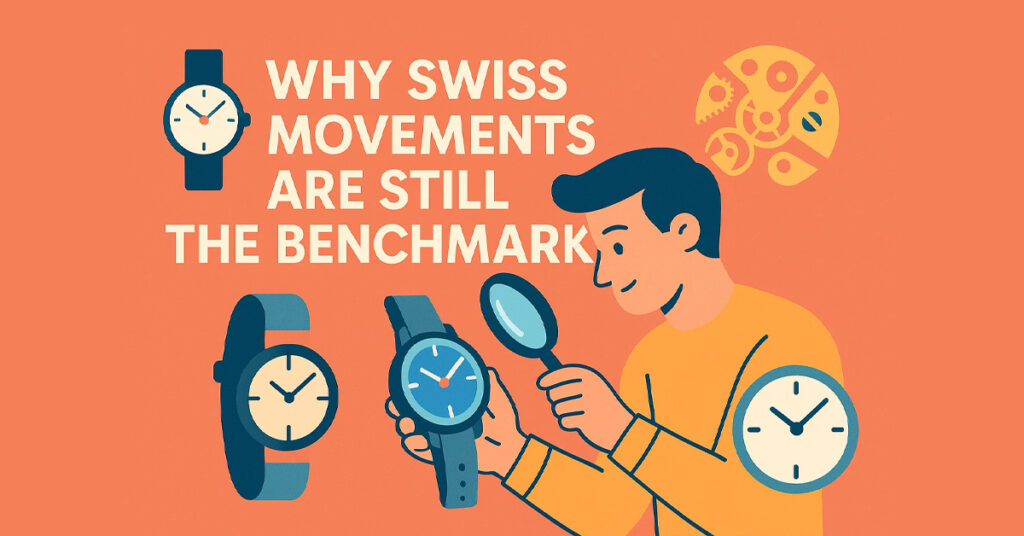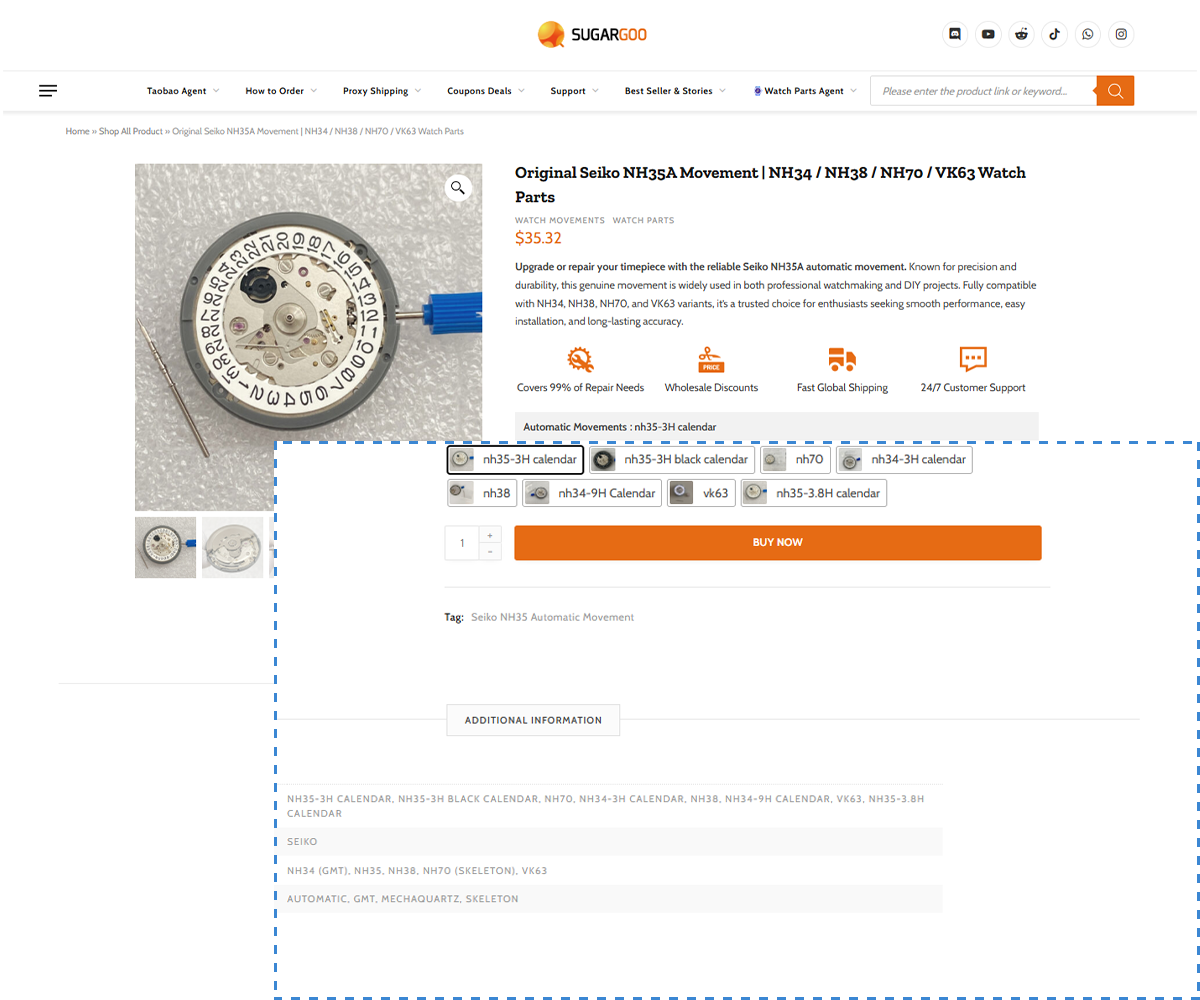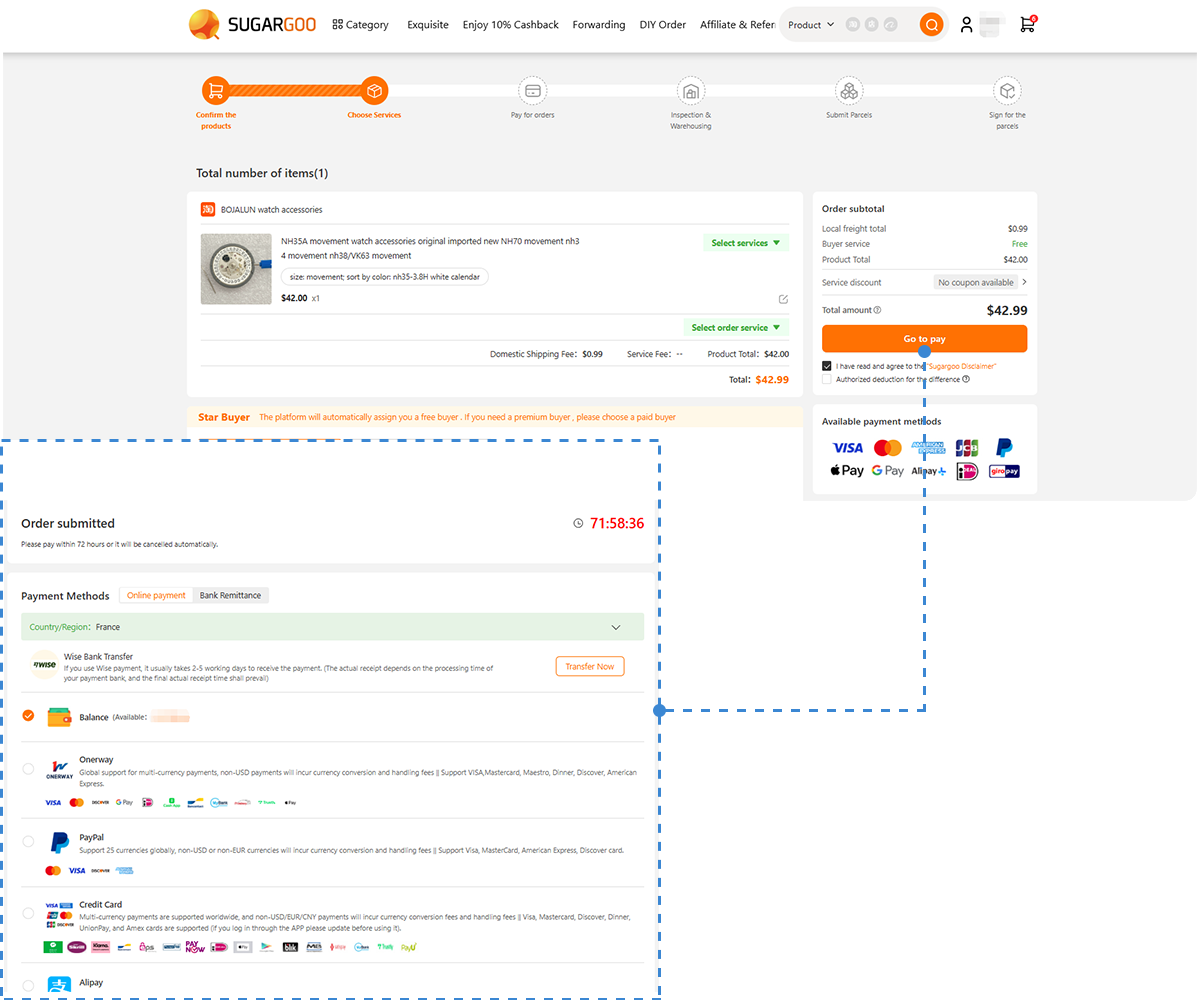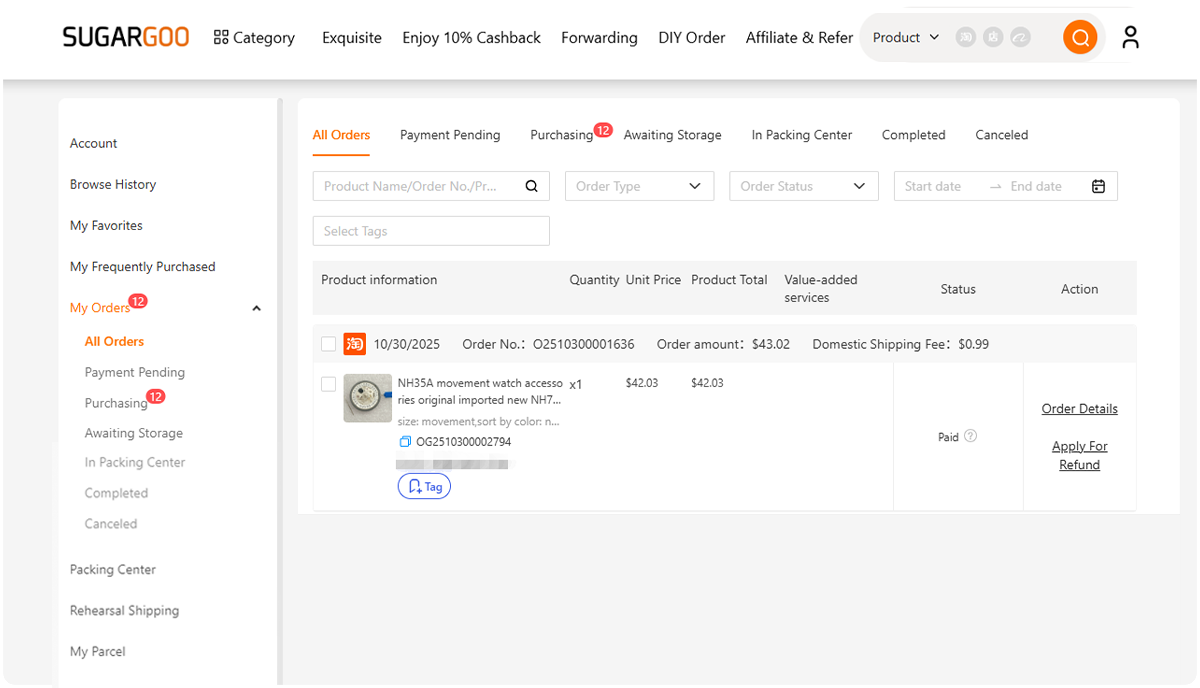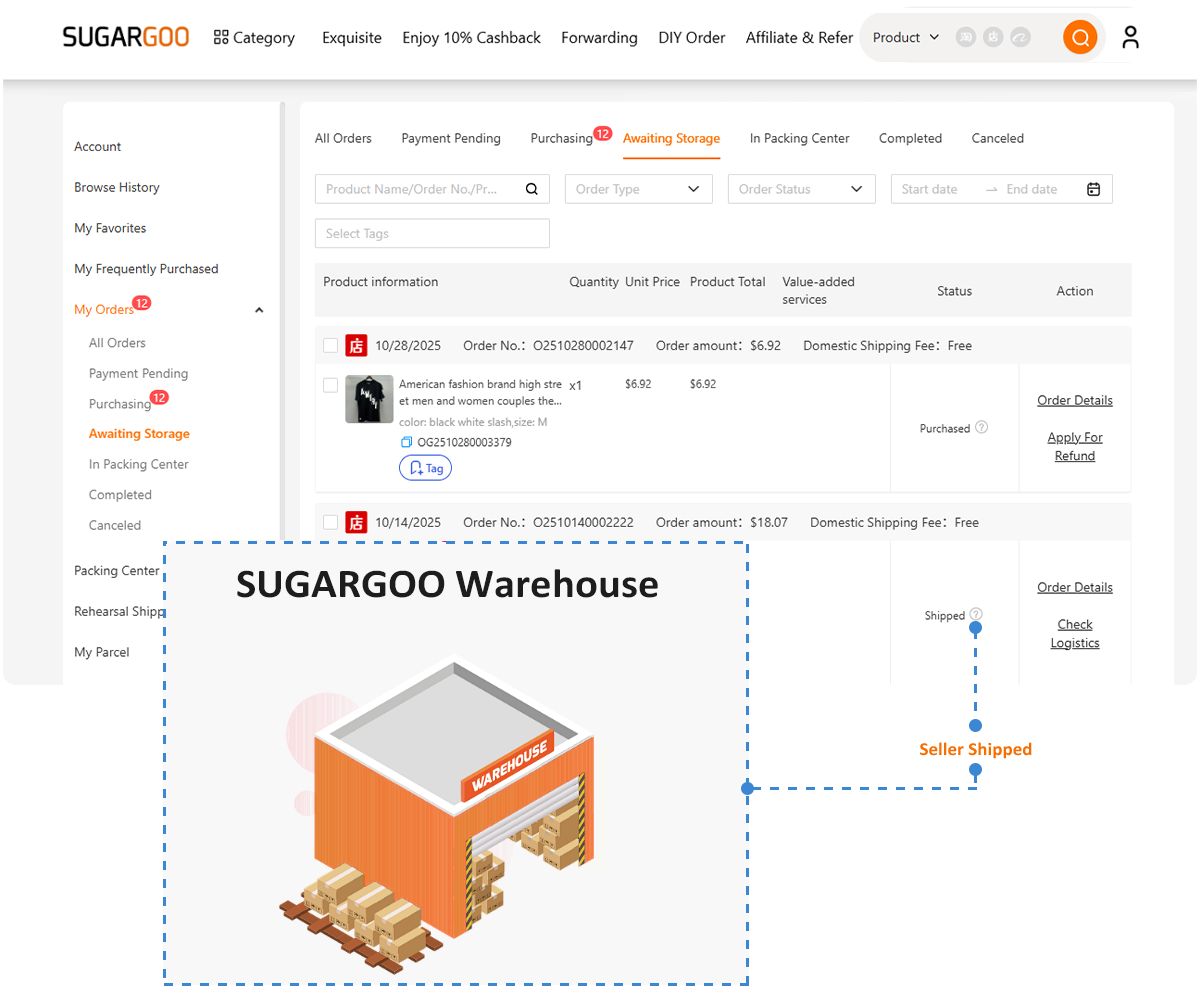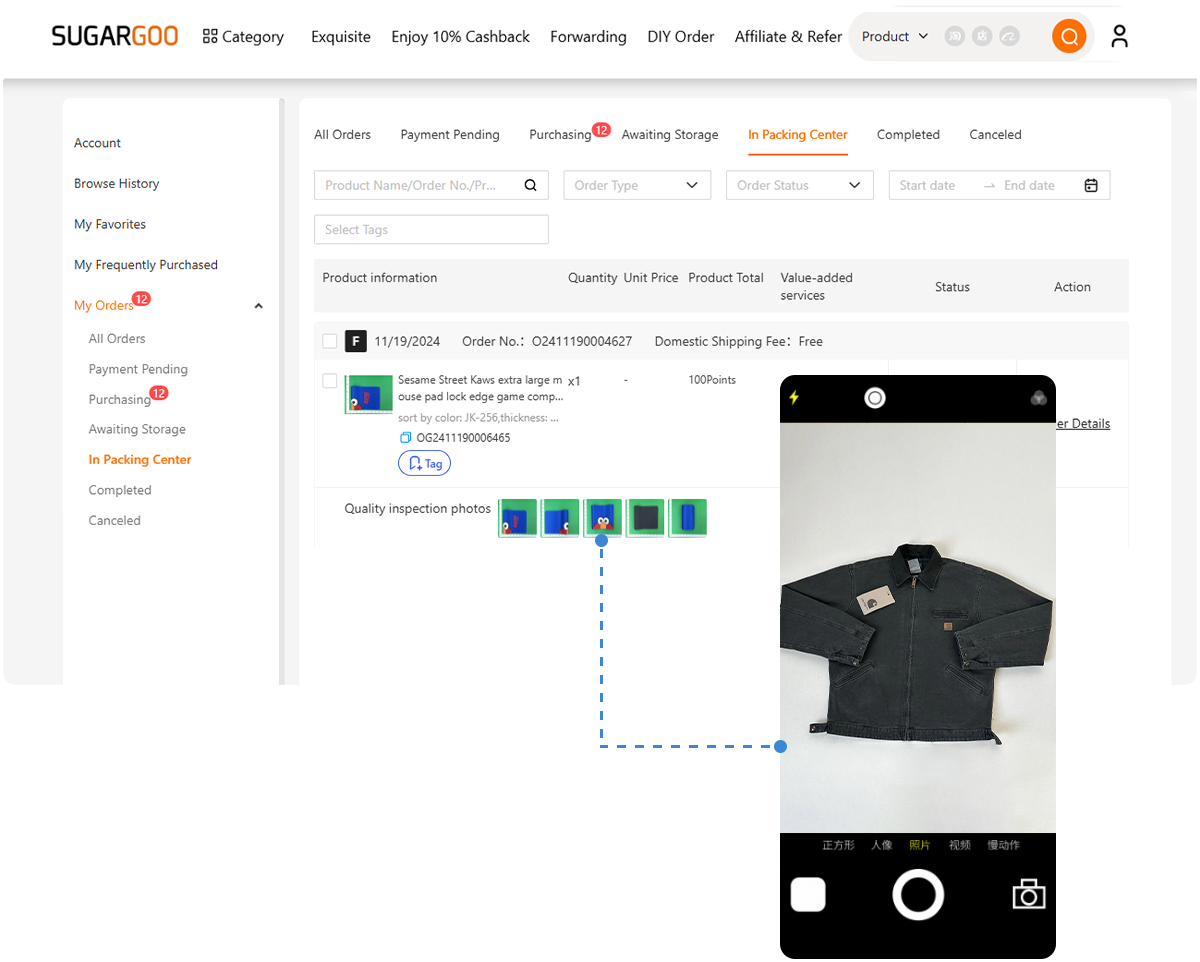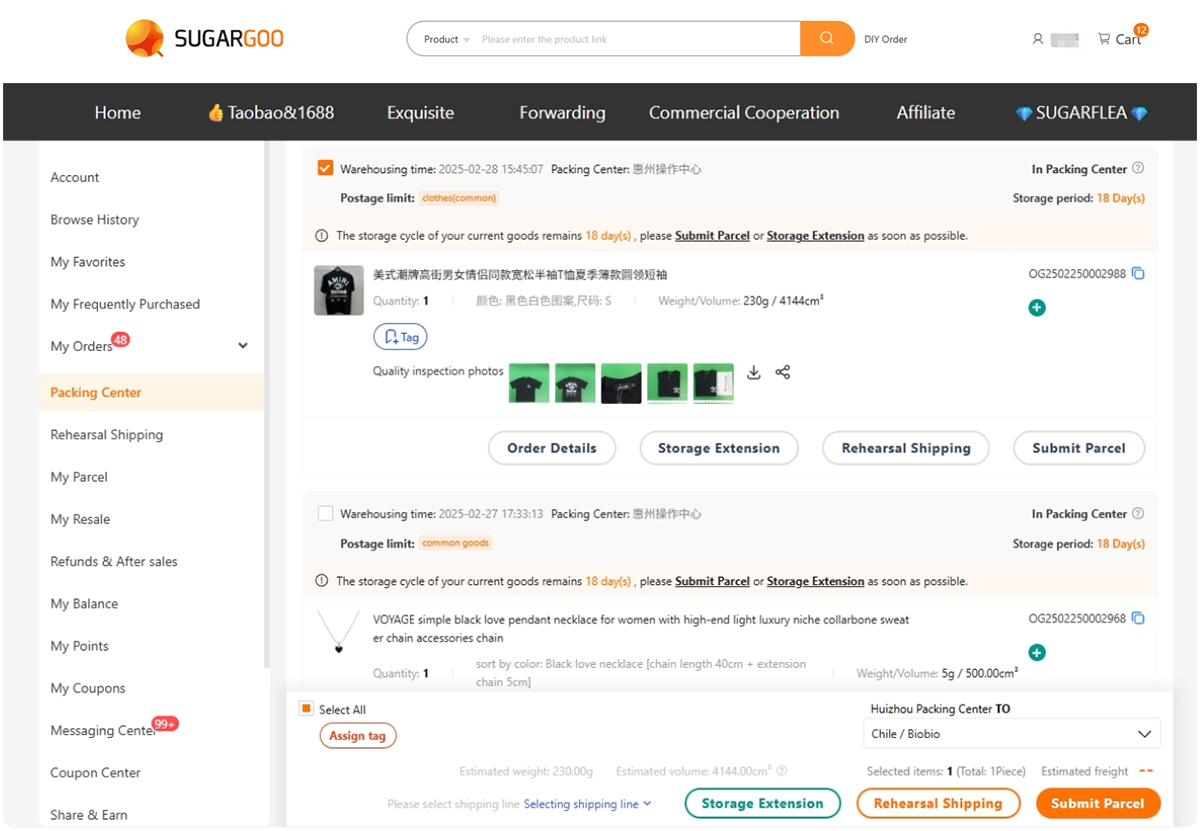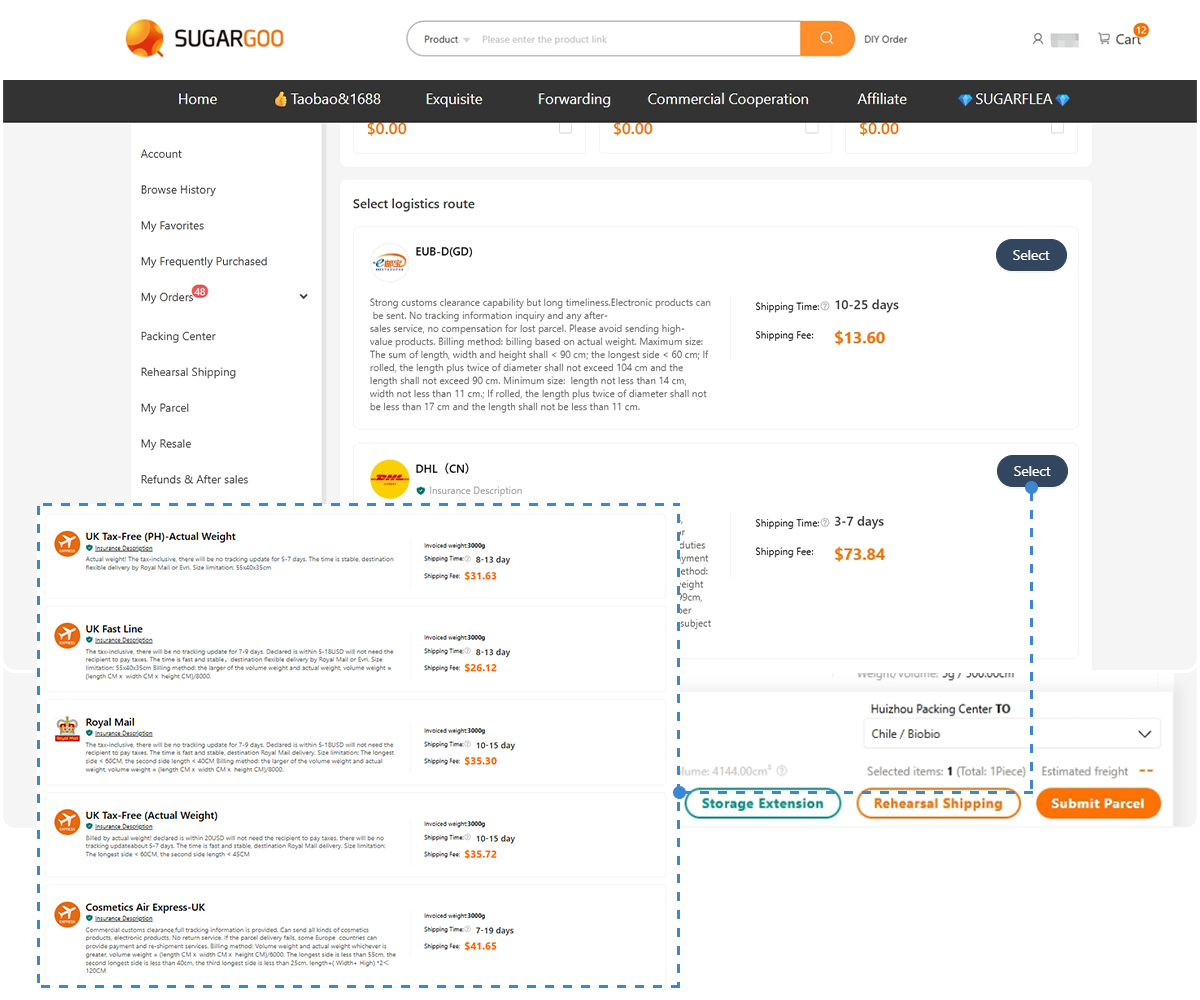Interview with Master Watchmaker Lucien Dufresne – 43 years in horology, ex-ETA engineer, independent modding consultant.
Interviewer:
Lucien, everyone in the watch world says “Swiss movement” like it’s some kind of gold standard. But in 2025, with NH35s, Miyotas, and even Chinese clones getting better — is it still true?
Lucien:
“Truth never expires. It just gets quieter.”
When people say Swiss movement, they’re not talking about geography. They’re talking about discipline.
Swiss watches didn’t become the standard because of magic — they became the standard because they refused shortcuts. Every wheel, every bridge, every gear in those movements has a reason.
Today’s Seiko NH35 is reliable. It’s honest. But Swiss calibers? They’re consistent in imperfection — you can feel the human hand correcting what machines can’t.
That’s what keeps them the benchmark.
1. What Makes “Swiss Made” Mean Something
Interviewer:
So it’s not just marketing?
Lucien:
Marketing made it famous. But craft made it eternal.
The “Swiss Made” label legally means 60% of production value must be in Switzerland. But emotionally, it means 100% accountability.
In a Swiss workshop, when something goes wrong, you don’t hear, “Who built this?” You hear, “Which bench did it happen on?”
That’s culture. And culture is what machines can’t replicate.
2. The Tactile Truth: Feel vs Precision
Interviewer:
When modders talk about NH35s or Seiko 4R movements, they say they’re rugged, dependable. What’s the difference in feel?
Lucien:
A Seiko NH35 feels like a pickup truck. A Swiss ETA feels like a violin.
Both take you places — but one hums, the other sings.
Swiss movements are overbuilt for grace. Their rotors are weighted not just for function, but rhythm. Their escapements aren’t quiet — they’re balanced. When you wind a Swiss caliber, you feel resistance that breathes.
Try it once, and you’ll understand why collectors close their eyes when winding a Valjoux 7750. It’s not habit — it’s respect.
3. Why Accuracy Isn’t Everything
Interviewer:
So the difference isn’t just accuracy?
Lucien:
No. Accuracy is math. Emotion is art.
You can regulate an NH35 to +2 seconds a day — perfect. But it still won’t sound Swiss. Why? Because resonance matters.
Swiss calibers are engineered to “breathe” in motion. The way bridges hold vibration, the curvature of gear teeth — it all affects how sound travels through the case. That’s why collectors can identify a movement by listening to it against the ear.
That’s design beyond specification.
4. When Machines Meet Tradition
Interviewer:
But modern production — CNC, automation — hasn’t that leveled the field?
Lucien:
Machines make fewer mistakes. But only humans know which mistakes to keep.
In Le Locle or La Chaux-de-Fonds, you’ll still find artisans polishing screws one by one. Not because machines can’t — but because humans can feel when it’s “too perfect.”
That’s the paradox of Swiss precision: They chase perfection, but they celebrate resistance.
It’s that resistance that gives a watch soul.
5. Comparing Swiss and Japanese Movements
Interviewer:
If you had to summarize: Swiss vs Japanese?
Lucien:
Swiss — for emotion. Japanese — for execution.
Seiko and Miyota movements are like reliable engineers — punctual, precise, efficient. Swiss movements are poets — deliberate, expressive, flawed in fascinating ways.
That’s why collectors mod Seikos but collect Swiss. And why both will always have space on the same wrist.
6. The Cost of a Click
Interviewer:
You once said “a good watch sounds expensive before it looks expensive.” What did you mean?
Lucien:
The click of a Swiss crown, the snap of a bezel, the beat of the escapement — that’s auditory luxury.
Even modders know this. When they upgrade an NH35 diver, they often add a Swiss-style crown gasket or sapphire bezel insert. Not for show — for sound.
You hear it, you feel it, you believe it. Luxury starts in the ears.
7. The Role of Modding in Modern Horology
Interviewer:
Modding used to be fringe. Now it’s mainstream. Do Swiss brands fear it?
Lucien:
Not at all. They envy it.
Modding revived what the Swiss forgot — playfulness. While brands built temples, modders built playgrounds.
Through Taobao agent platforms like Sugargoo, modders can now source Swiss-inspired parts: movements, cases, tools — all accessible.
The next generation won’t start in Switzerland. They’ll start in workshops, dorms, and garages — but they’ll still measure their work by Swiss standards.
That’s the legacy.
8. Why Swiss Movements Still Cost More
Interviewer:
Is it just labor cost? Or heritage pricing?
Lucien:
It’s time cost.
Swiss workshops move slower — deliberately. Each inspection, adjustment, polish — triple-checked.
You’re not paying for a movement. You’re paying for minutes — thousands of human minutes, condensed into ticking precision.
Compare that with an NH35. It’s an incredible workhorse, but it’s assembled in seconds, not hours. Both will last decades, but only one carries human breath between its gears.
9. The Future: Can Swiss Still Compete?
Interviewer:
With AI machining, smartwatches, and microbrand competition — what’s next for Swiss movements?
Lucien:
They’ll survive because they’ve already transcended purpose.
Watches aren’t timekeepers anymore — they’re storytellers. And the Swiss? They’ve always known how to tell stories with steel.
Even if Seiko outperforms ETA in reliability, people still whisper “Swiss Made” with reverence. That’s not nostalgia. That’s legacy.
10. Advice for the Next Generation of Builders
Interviewer:
If you could tell young modders one thing, what would it be?
Lucien:
Don’t chase perfection. Chase connection.
Every NH35 you tune, every Seiko you reassemble, every tool you buy from Sugargoo’s watch parts collection — you’re continuing a tradition older than electricity.
You’re doing what the Swiss did — learning through patience.
And if one day you create a watch that makes someone close their eyes just to feel it… Then you’ve already joined the circle.
Epilogue: The Sound of Time
Lucien places his loupe down and winds an old Omega 321 chronograph. The slow resistance of the crown, the deliberate click of gears — silence fills the workshop.
He smiles. “You hear that? That’s why we still build them. Because silence deserves rhythm.”
And in that small moment, you understand — Swiss movements aren’t just the benchmark of watches. They’re the benchmark of patience, humility, and devotion.
